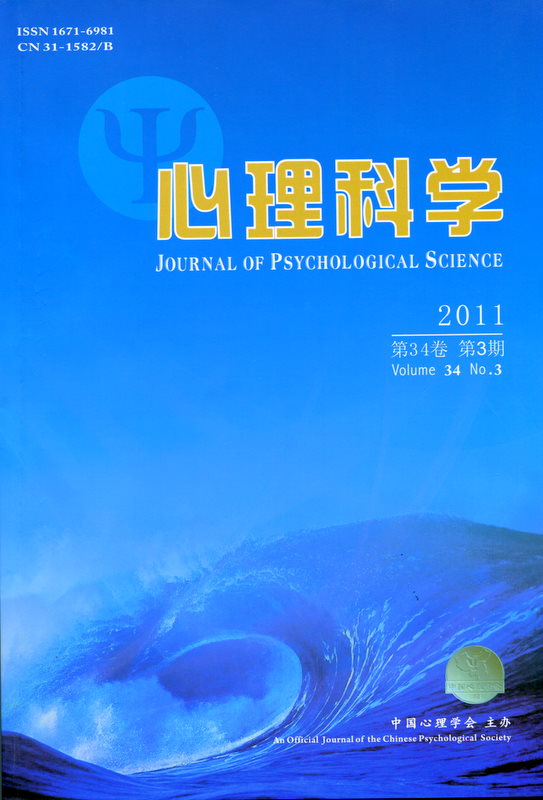Communication apprehension has a negative influence on person’s study and life (McCroskey,1978).At present, there were two important scales to examine social phobia or anxiety, Communication Apprehension scale(PRCA-24) and Personal Report of Confidence as a Speaker(PRCS). However, above scales only examine social phobia from subjective experence and behaviour.Meanwhile different culture background existed in Western and Eastern research (Zhong Jie,Li Bo,Qian Ming-yi.2002), there wasn’t a native communication apprehension scale published for Chinese college students in China. So we were supposed to develop the Communication Apprehension Scale for Chinese College students according to actual background of Chinese college students and examine the reliability and validity of Face-audence Communication Apprehension, we also named it as Chinese Communication Apprehension Scale(CCAS). We used 3-phase procedure to develop it. First, we reviewed a great deal of relevant refence and different social phobic scales,and chose proper adjective words in order to describe social phobic disorders; Second, we held open-interview in college students for collectiong information, and then form preliminary survey; Finally, we had 3 psychological professors, 5 postgraduates and a clinical psychological doctor to evaluate each item for clarity,specificity, and representativeness. During investigation, we also adopted 3 steps. First, 400 students from education and non-education universities in south-west China were for pre-survey. 349 useable data(191 male,158 female)was for items analysis in order to make up formal scale. Second,760 participants from universities in Guizhou,Yunnan, Sichuan provinces were for formal survey. 619 usable data (252 male,367 female) was divided into two parts, one was used for confirmatory factor analysis(CFA); the other part for cross-validity analysis. Finally, three weeks later, 100 participants retest for test-reliability. The results show that the CCAS has four factors with 20 items: lecture apprehension, social communication apprehension, group communication apprehension, and communication confidence. The CFA showed the fitness of the high order factor of the scale: CMIN/DF=1.692, GFI=.916, IFI=.940, NNFI=.930, CFI=.939, RMSEA=.047. The whole scale’s consistency reliability was .903 , and the test-retest reliability was .88. So we can come to the conclusion that confirmatory factor analysis studies show the structure of the CCAS was reasonable. The internal consistency、test-retest reliability, content validity, construct validity of the CCAS entirely were accorded with psychometric demands. The CCAS can be used as an effective and reliable tool for assessing college students’ communication apprehension.

